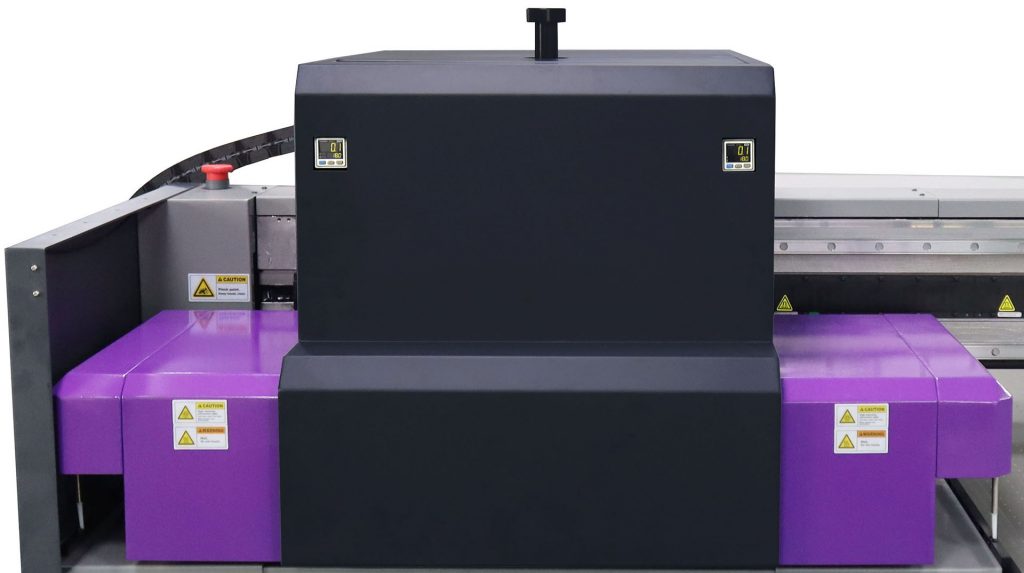What Are the Environmental Considerations of UV Flatbed Printing?
What Are the Environmental Considerations of UV Flatbed Printing?
In recent years, UV flatbed printing has gained significant popularity in the printing industry due to its versatility, efficiency, and high-quality output. This technology allows for the direct printing on various materials, including plastics, glass, metal, and even some textiles, making it a preferred choice for a wide range of applications from signage to decorative items. However, as with any manufacturing process, environmental considerations play a crucial role in assessing its overall sustainability. This article delves into the environmental implications of UV flatbed printing, exploring its energy consumption, waste generation, use of chemicals, and potential mitigation strategies.

Energy Consumption
UV flatbed printers are known for their speed and precision, but these characteristics are often accompanied by substantial energy requirements. The process involves the use of high-intensity UV lamps to cure the ink immediately after it is applied to the material. These lamps consume a significant amount of electricity and generate heat, which necessitates additional cooling mechanisms, further increasing energy consumption.
Moreover, the operation of the printer itself, including the movement of the print bed and the inkjet system, contributes to the overall energy footprint. To address this concern, manufacturers are exploring more energy-efficient UV lamp technologies, such as LED-based curing systems, which consume less power and have a longer lifespan. Implementing energy-saving modes during periods of inactivity and optimizing print job scheduling can also reduce energy waste.
Waste Generation
UV flatbed printing generates waste at various stages of the process. One primary source is the ink itself. While UV inks are designed to cure quickly and efficiently, any ink that does not adhere to the substrate during printing becomes waste. This can occur due to misalignments, test prints, or ink spillage during maintenance. Proper ink management practices, such as using ink recovery systems and minimizing ink waste through accurate calibration and maintenance, can significantly reduce this issue.
Another waste stream comes from the substrates themselves. Occasionally, prints may be rejected due to quality issues or misprints, leading to material waste. Adopting a circular economy approach, where waste materials are recycled or reused, can help mitigate this problem. Additionally, printers can optimize their designs and workflows to minimize errors and waste.
Chemicals and Ink Composition
The composition of UV inks is a critical environmental consideration. Traditional UV inks may contain volatile organic compounds (VOCs) and other potentially harmful chemicals. While advancements have been made in developing more eco-friendly ink formulations, the curing process can still release these compounds into the air, impacting indoor air quality and potentially the health of printer operators.
Choosing inks that are certified as low-VOC or VOC-free is essential. Many manufacturers now offer environmentally preferable inks that maintain print quality while reducing environmental and health risks. Implementing proper ventilation systems in printing facilities can further mitigate the release of harmful chemicals into the workplace.
Packaging and Transportation
The environmental impact of UV flatbed printing extends beyond the printing process itself. The packaging materials used for inks, substrates, and finished products, as well as the transportation of these items, contribute to the overall carbon footprint. Sustainable packaging solutions, such as recyclable or biodegradable materials, can reduce waste. Similarly, optimizing logistics and transportation routes, as well as considering local sourcing options, can help minimize emissions associated with shipping.
End-of-Life Considerations
Lastly, the end-of-life management of printed products is an important aspect of environmental sustainability. UV-printed materials, especially those used for temporary signage or promotional items, often have a short lifespan before they are discarded. Encouraging the use of recyclable or biodegradable substrates and promoting the reuse or recycling of printed materials can help address this issue.
Moreover, printer manufacturers should consider the end-of-life management of their equipment, including the recyclability of printer components and the availability of refurbishment or upgrade options to extend the machine’s lifespan.
Mitigation Strategies and Best Practices
To minimize the environmental impact of UV flatbed printing, a combination of technological advancements, operational best practices, and policy interventions is necessary. Here are some key strategies:
Adopt Green Inks: Prioritize the use of inks that are low-VOC, VOC-free, or certified as environmentally preferable.
Energy Efficiency: Invest in energy-efficient UV curing systems, such as LED-based lamps, and implement energy-saving modes during periods of inactivity.
Waste Reduction: Implement ink recovery systems, optimize print job scheduling to minimize waste, and recycle or reuse waste materials.
Ventilation and Safety: Ensure proper ventilation in printing facilities to protect worker health and minimize the release of harmful chemicals.
Sustainable Packaging and Transportation: Use recyclable or biodegradable packaging materials and optimize logistics to reduce transportation emissions.
End-of-Life Management: Promote the use of recyclable or biodegradable substrates and encourage the recycling or reuse of printed materials and printer components.
Continuous Improvement: Stay updated on the latest advancements in UV flatbed printing technology and adopt best practices for environmental sustainability.
Conclusion
UV flatbed printing offers numerous advantages in terms of versatility, efficiency, and print quality. However, its environmental considerations cannot be overlooked. By addressing energy consumption, waste generation, chemical usage, packaging, transportation, and end-of-life management, the industry can strive towards more sustainable practices. Through technological advancements, operational best practices, and a commitment to continuous improvement, UV flatbed printing can continue to innovate while minimizing its environmental footprint. As consumers and businesses increasingly prioritize sustainability, adopting environmentally responsible approaches will not only benefit the planet but also enhance the reputation and competitiveness of printing companies.
